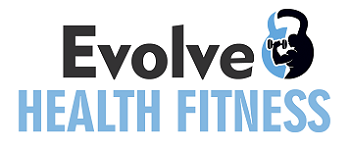Valsalva Maneuver: This Technique Will Fix Your Back Pain
You will feel more secure and stronger if you use the Valsalva breathing technique when you lift. Problem is? It’s not something that most gyms will teach you. Here are the reasons why this is BS. Learn how mastering the Valsalva (and the essential skill that goes with it) can improve your deadlift, your back and help you digest.
This question is almost absurd, as if someone were asking you how to blink. The way you inhale while sitting at your computer is very different from how you do it while running, or when you’re squatting with 300 pounds on your back. We’re not talking about getting heavier when you get tired.
Because your breath is so closely linked to many vital structures in your body, including the spine and ribcage, your breath can be far more powerful than what you might think. Although it may seem impossible, your breathing can make a huge difference in how you perform squats and deadlifts, press, and any other exercise.
Before you start another workout, you should find out what your breathing patterns are and how you can make small changes that will lead to amazing results.
First Exercise: Diaphragm Extensions While Vranich offers many techniques, the easiest is the one that requires you to just lie down and breathe. It’s that easy. To perform the move, lay flat on your back, and place any object, such as a book, a pillow, or other small item, on top of your belly button. Place your hands on your sides, and your eyes will be directed downwards.
Breathe deeply and raise the book as high up as possible. Watch the book drop as you exhale. For a few more minutes, continue to breathe in this way.
Vranich suggests that you not worry about the pace of your breath initially, but instead focus on how your lower body feels when you breathe in. It may be that you feel calmer if you do the technique slowly.
Slow, controlled breathing triggers the parasympathetic nervous systems “rest and digest” response. This is why you might want to practice slow, controlled breathing before bed or at the end of your workouts. It can increase your heart rate and signal your body to chill.
You can start by using it for just a few seconds at the beginning of a training session. This will help you to remember how diaphragmatic breath feels.
This post was written by Darryl Johnson, Co-Owner of Apex performance. At Apex performance we are a community of highly trained experts looking to provide performance enhancement and a permanent lifestyle change for our clients in a fun and interactive environment. Members can take advantage of one-on-one training, small group classes and specialized courses for a wide variety of athletics, sports training and body goals!




